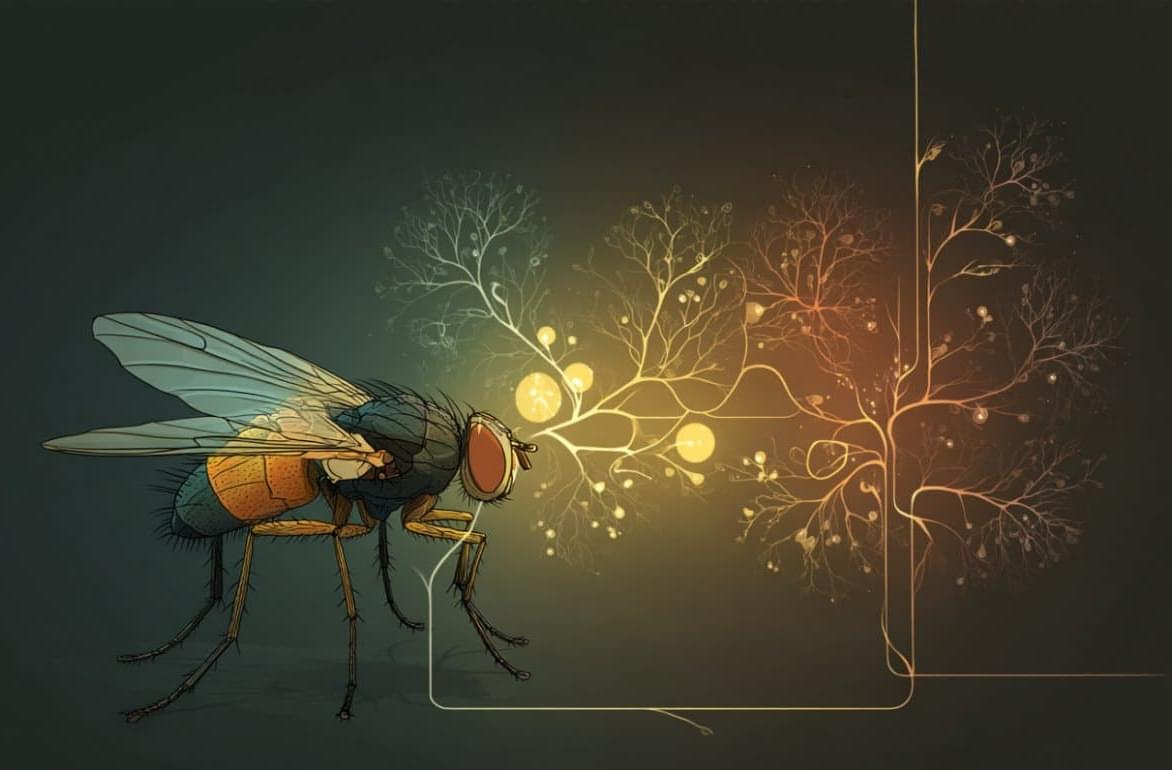The hormonal power move 90% of people ignore


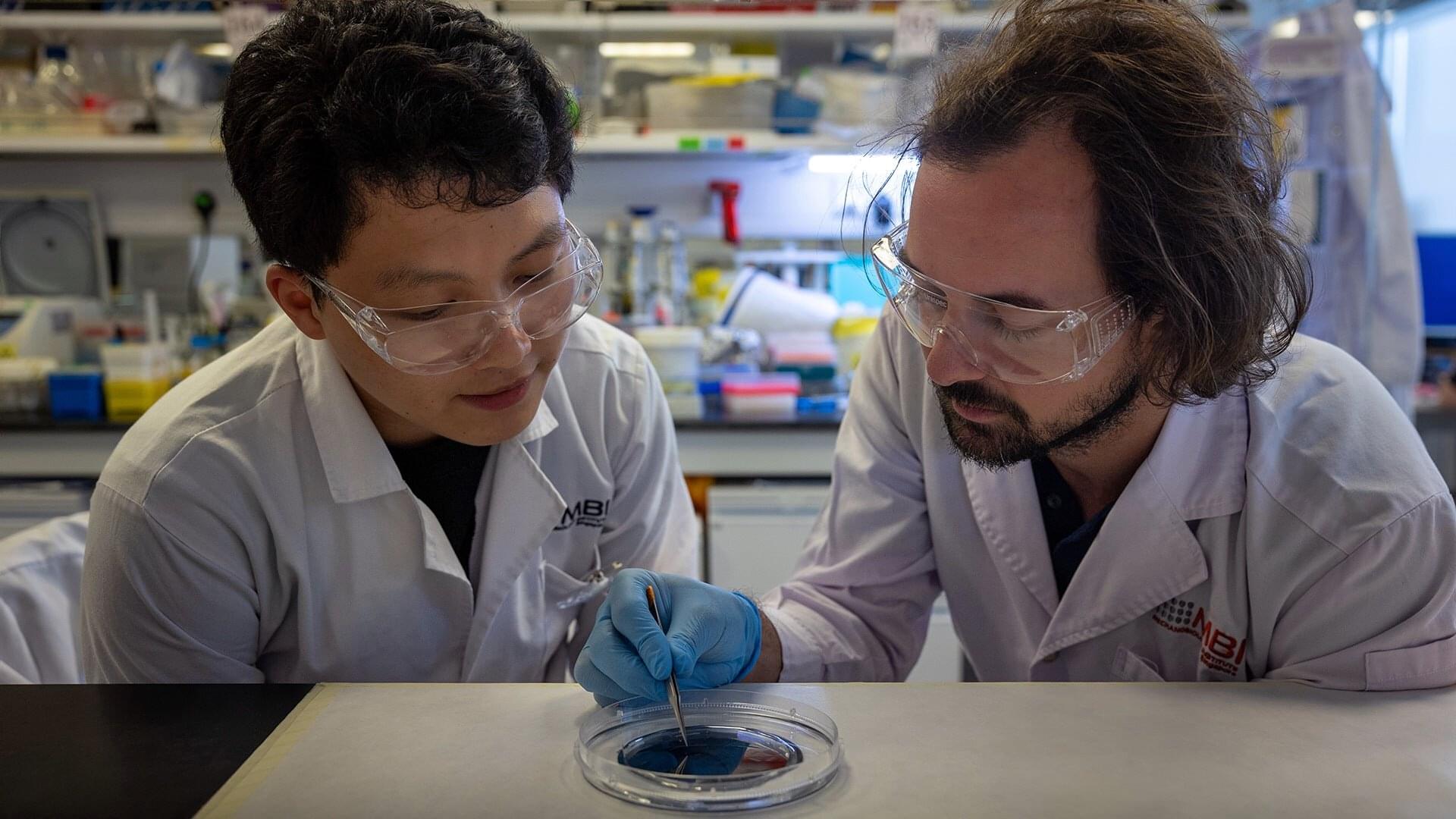
In a discovery that could reshape approaches to regenerative medicine and bone repair, researchers have found that human stem cells can be prompted to begin turning into bone cells simply by squeezing through narrow spaces.
The study suggests that the physical act of moving through tight, confining spaces, like those between tissues, can influence how stem cells develop. This could open new possibilities for engineering materials and therapies by guiding cell behavior using physical, rather than chemical, signals.
The research was led by Assistant Professor Andrew Holle from the Department of Biomedical Engineering in the College of Design and Engineering at the National University of Singapore (NUS), and the Mechanobiology Institute (MBI) at NUS, and was published on 8 May 2025 in the journal Advanced Science.
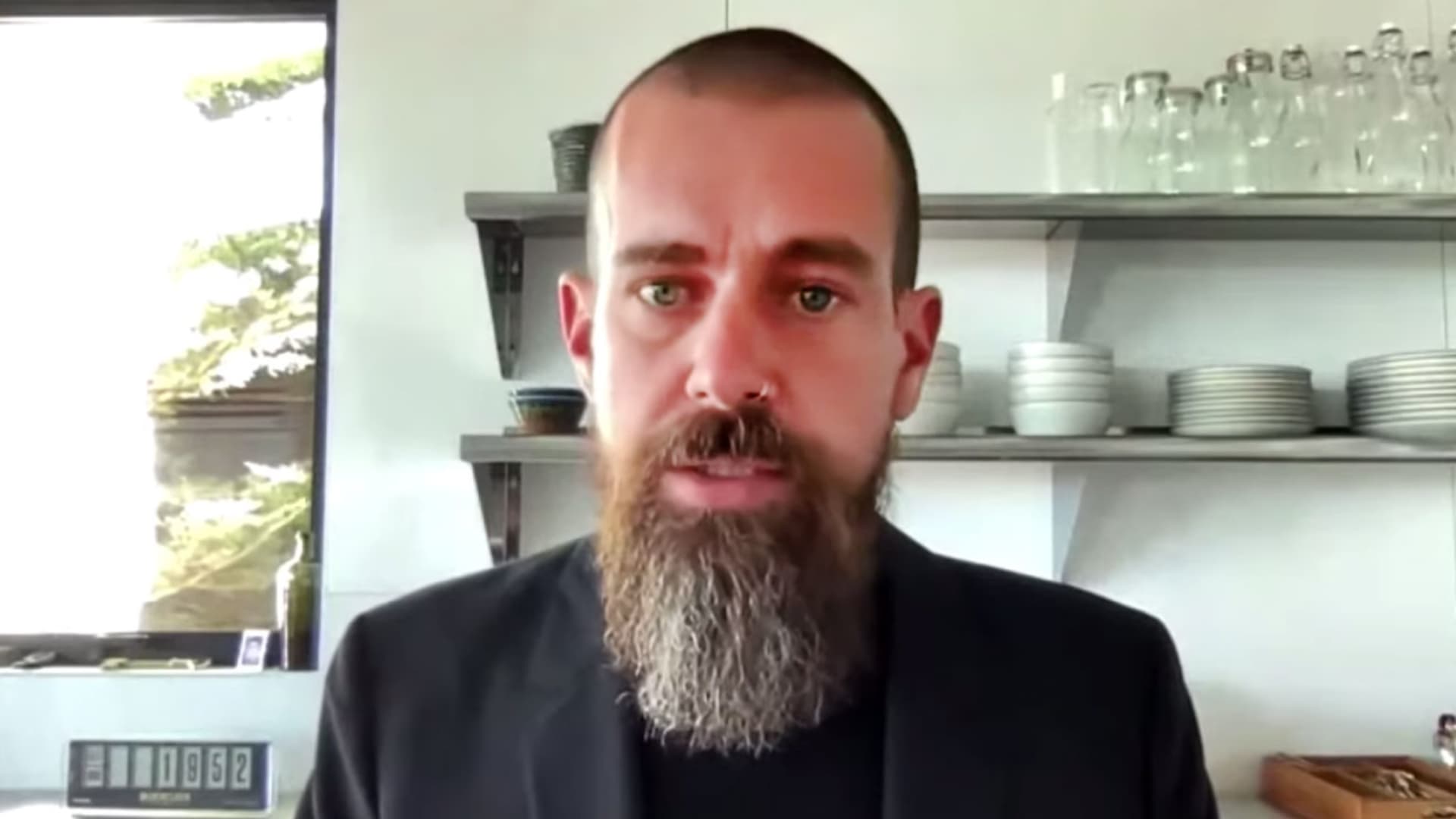
CEO Jack Dorsey spent the weekend building Bitchat, a new decentralized, peer-to-peer messaging app that works entirely over Bluetooth mesh networks, with no internet, central servers, phone numbers or emails required.
The Twitter co-founder announced Sunday that the beta version is live on TestFlight, with a full white paper available on GitHub.
Block CEO Jack Dorsey has launched Bitchat, a new peer-to-peer messaging app that works entirely over Bluetooth mesh networks.
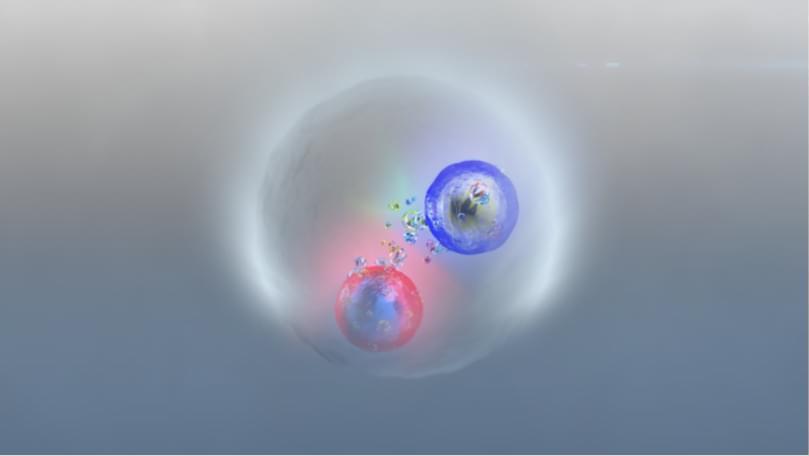
An unforeseen feature in proton-proton collisions previously observed by the CMS experiment at CERN’s Large Hadron Collider (LHC) has now been confirmed by its sister experiment ATLAS. The result, reported yesterday at the European Physical Society’s High-Energy Physics conference in Marseille, suggests that top quarks – the heaviest and shortest-lived of all the elementary particles – can momentarily pair up with their antimatter counterparts to produce a “quasi-bound-state” called toponium. Further input based on complex theoretical calculations of the strong nuclear force — called quantum chromodynamics (QCD) — will enable physicists to understand the true nature of this elusive dance.
High-energy collisions between protons at the LHC routinely produce top quark–antiquark pairs. Measuring the probability, or cross section, of this process is both an important test of the Standard Model of particle physics and a powerful way to search for the existence of new particles that are not described by the theory.
Last year, CMS researchers were analysing a large sample of top quark–antiquark production data collected from 2016 to 2018 to search for new types of Higgs bosons when they observed something unusual. The team saw a surplus of top quark–antiquark pairs, which is often considered as a smoking gun for the presence of new particles. Intriguingly, the excess appeared at the very minimum energy required to produce such a pair of top quarks. This led the team to consider an alternative hypothesis of something that had long been considered too difficult to detect at the LHC: a short-lived union of a top quark and a top antiquark.
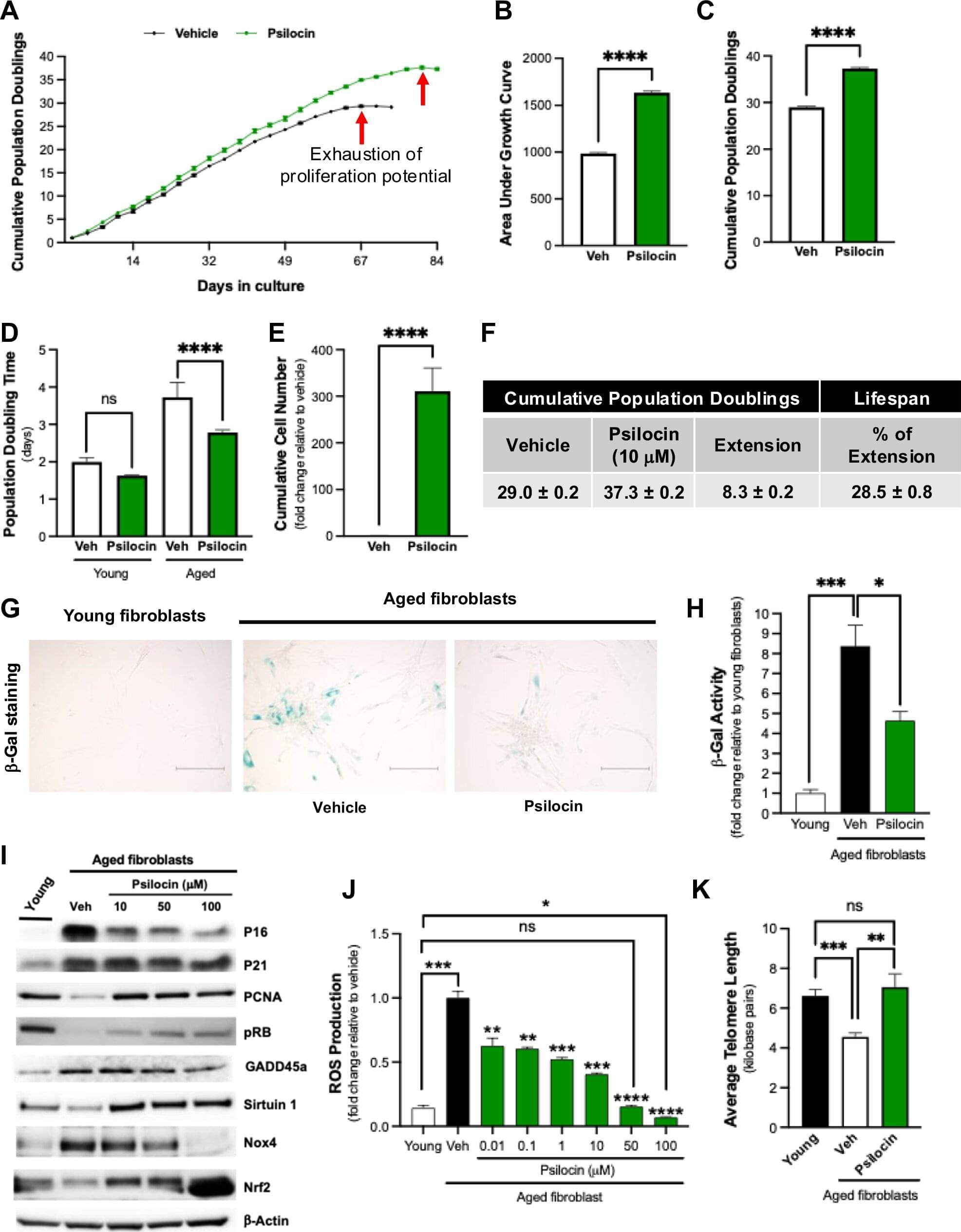
A compound found in psychedelic mushrooms may have antiaging properties. Researchers at Baylor College of Medicine have found that psilocybin, the active compound in psychedelic mushrooms, may extend both cellular and organismal lifespans.
The findings, published in the journal npj Aging, show that psilocybin reduced multiple hallmarks of aging in cells while also improving survival in aged mice.
“There have been a number of clinical studies that have explored the therapeutic potential of psilocybin in psychiatric conditions such as depression and anxiety; however, few studies have evaluated its impacts outside the brain,” said Dr. Louise Hecker, associate professor of medicine— cardiovascular research at Baylor and senior author of the study.
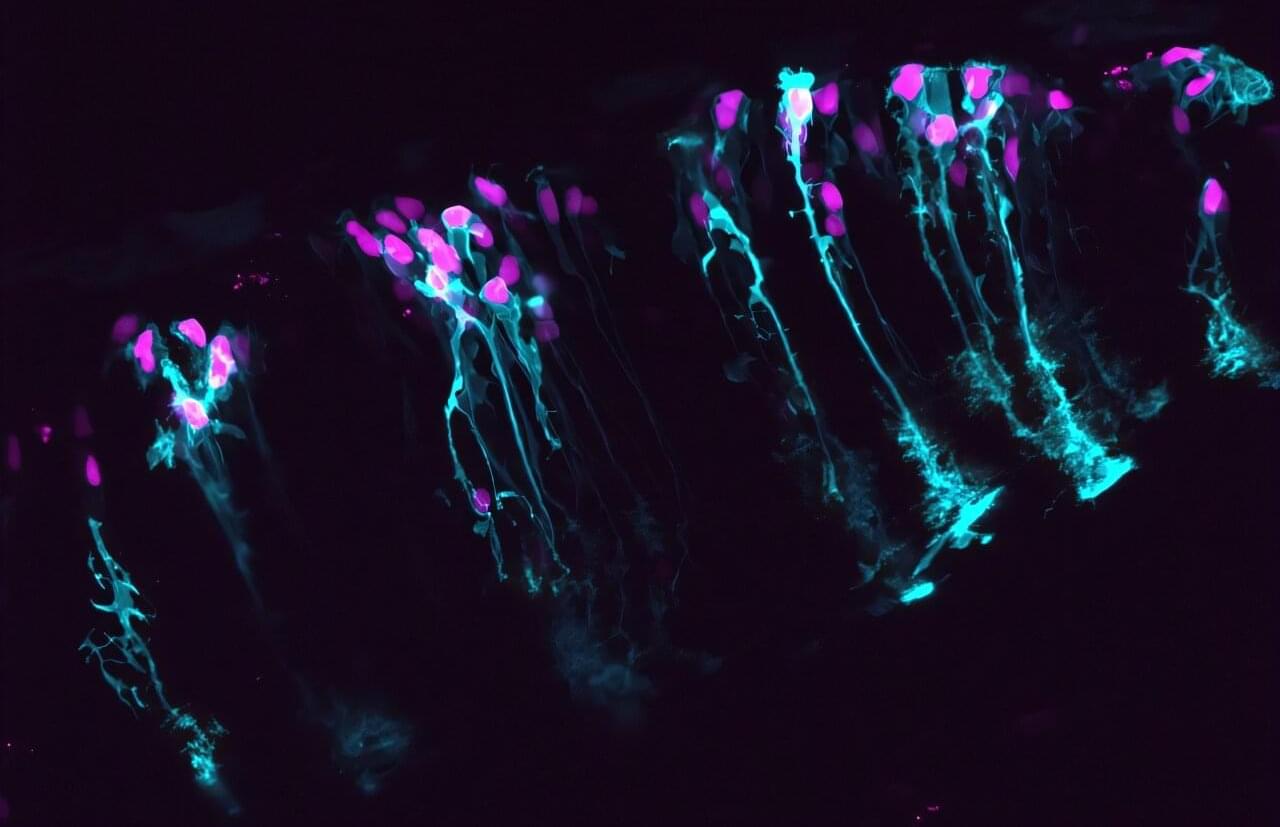
Long overlooked and underestimated, glial cells—non-neuronal cells that support, protect and communicate with neurons—are finally stepping into the neuroscience spotlight. A new Florida Atlantic University study highlights the surprising influence of a particular glial cell, revealing that it plays a much more active and dynamic role in brain function than previously thought.
Using sophisticated computational modeling and machine learning, researchers discovered how astrocytes, a “star” shaped glial cell, subtly—but significantly—modulate communication between neurons, especially during highly coordinated, synchronous brain activity.
“Clearly, glial cells are significantly implicated in several brain functions, making identifying their presence among neurons an appealing and important problem,” said Rodrigo Pena, Ph.D., senior author, an assistant professor of biological sciences within FAU’s Charles E. Schmidt College of Science on the John D. MacArthur Campus in Jupiter, and a member of the FAU Stiles-Nicholson Brain Institute.
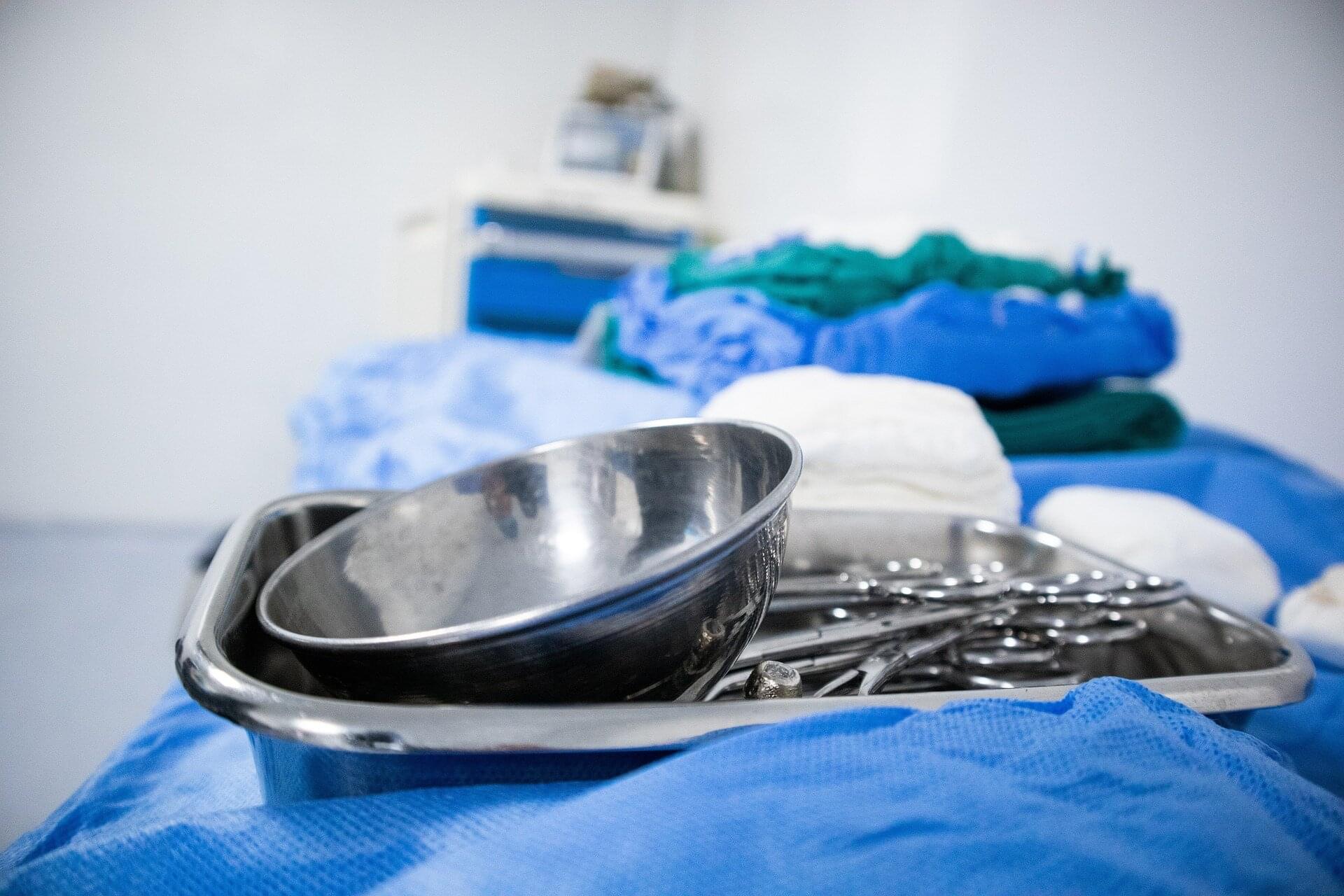
A new large-scale study spotlights postoperative delirium as a preventable and high-impact complication which is driven by patient frailty and surgical stress—and one that can be addressed through low-cost, evidence-based interventions.
The findings, which appear in JAMA Network Open, provide a call to action for clinicians, health systems, patients, and families to prioritize brain health throughout perioperative care.
“Postoperative delirium isn’t a minor complication—it’s analogous to acute brain failure, a medical emergency that should be recognized and addressed,” said Laurent Glance, MD, a professor of Anesthesiology and Perioperative Medicine at the University of Rochester Medical Center (URMC) and senior author of the study.
Researchers at the AMOLF institute have created a revolutionary soft robot without electronic components that moves using compressed air.

